11 Most Popular Types of Yoga and Which Yoga Style Is Best for You
8 minute read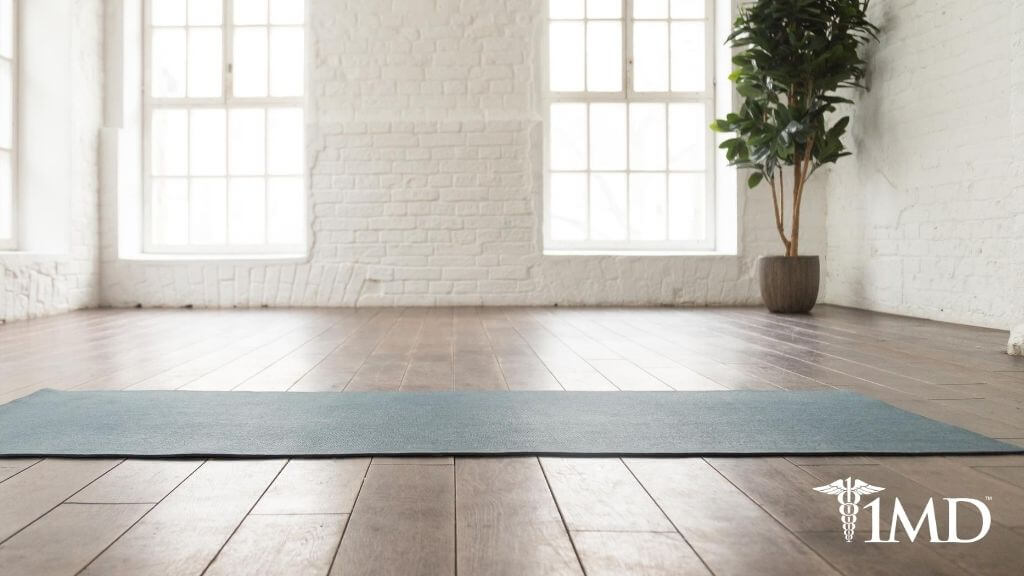
Whether you are thinking of trying out yoga, expanding your yoga horizons, or just want to see what all the fuss is about, yoga is great for everyone. With numerous health benefits both mental and physical, yoga is varied and flexible enough to help you however you’d like it to.
You just need to pick which one is best for you. To help you make this decision, we’ve come up with a handy guide that lists each type of yoga and what it can do for your health.
The Benefits of Yoga
Did you know that yoga reduces perceived stress and anxiety, which can then reduce the physical effects of stress on your body? There are so many different benefits that can come out of regular yoga practice.
♦ Stress relief
♦ Better sleep
♦ Pain relief
♦ Improved strength
♦ Increased flexibility and mobility
♦ Organs function better
♦ A sense of tranquility
These are just a few of the benefits, you may discover many more and find that one benefit has greater secondary effects for you that boost your enjoyment of life.
Types of Yoga
The only real problem with starting to do yoga is trying to figure out which type of yoga is right for you. There are 11 different types of yoga and each one has a slightly different focus and objective. Here is a rundown:
1. Hatha
This is an umbrella term that refers to all the styles of yoga that are based on physical practice. There are types of yoga that are not physical-based.
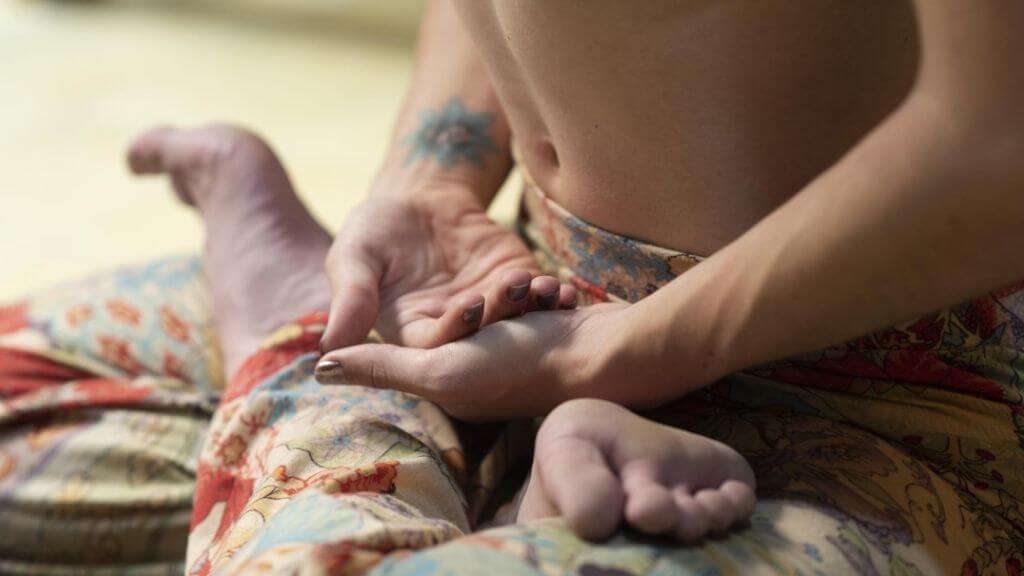
The Hatha style is a great starting point for people just beginning yoga. It tends to be slow-paced with a focus on breathing and gentle exercises.
2. Iyengar
Founded by B.K.S. Iyengar, who is considered one of the foremost yoga teachers, this method puts the focus on alignment, details, and precision. Poses are held for a long time while breathing becomes the focus.
He was very attuned to helping people who were new to yoga or had some problems getting into a pose. This type of yoga often uses “props” to help practitioners achieve a solid position and relax into poses in a safe manner.
This makes Iyengar yoga perfect for people recovering from an injury, living with a disability, or people who have never done a physical activity of this sort before.
3. Kundalini
This is a nice mix of physical yoga and spiritual yoga for people who want the benefits of both. The focus is on working your core muscles while releasing energy that is trapped in your lower spine. It moves more quickly and can be physically taxing.
These classes can also include chanting, mantra, and meditation. This is not the best place for a beginner who has some physical limitations, especially spinal problems.
4. Ashtanga
Ashtanga in Sanskrit translates to “eight limb path.” This type of yoga uses a very difficult sequence of postures that you’re expected to already know. It is not for the beginner. But the advanced yoga practitioner will love the workout. It’s designed to move you through the sequence and thoroughly tone your body.
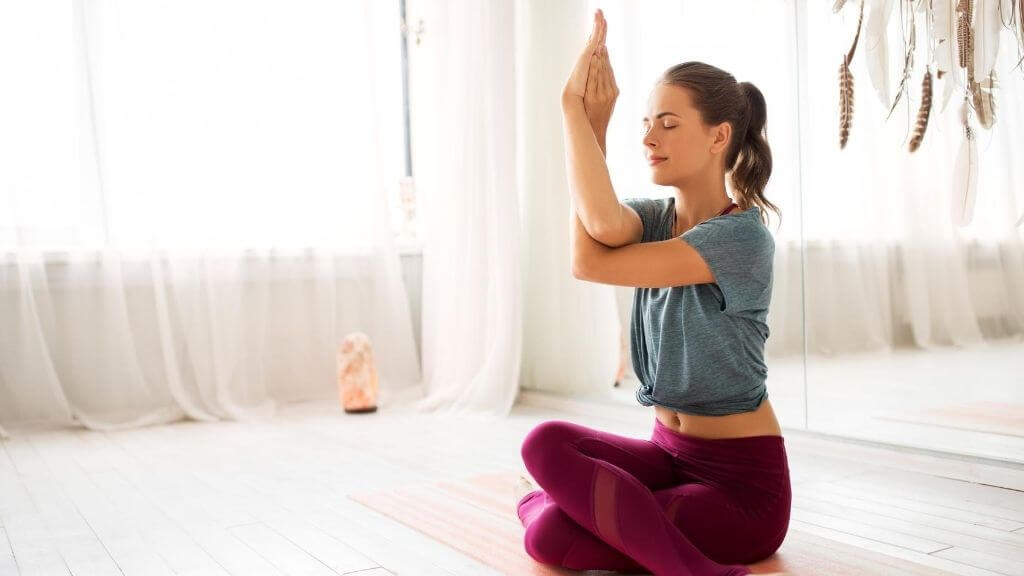
This type of yoga was popularized by K. Pattabhi Jois as a way to take classical Indian yoga and bring it into a modern-day form that people in the 20th century would enjoy and practice.
5. Vinyasa
This is the most athletic yoga style and an adaptation of Ashtanga yoga. It came about in the 1980s and carried forth the transitions from one pose to another with a coordinated focus on your breath. The transitions and the poses are not as rigid or established as Ashtanga and they vary by instructor.
This type of yoga is also not suited for beginners, but it’s more accessible to someone who has had yoga and feels comfortable in the positions. It’s a beautiful way to glide from one pose to another with a focus on your breathing.
6. Bikram
This type of yoga is named after Bikram Chodhury and really turns up the heat, literally. The temperature in the room is typically set at 105° with the humidity at 40%. The sequence is based on 26 basic postures and each one is performed twice.
This type of yoga can be done by a beginner and some Bikram yoga studios offer beginner classes to help you get used to the poses and the heat. Just be prepared, as it’s physically taxing to exercise in this sauna-like environment. If you have underlying medical conditions, you may need to discuss this with your healthcare provider.
7. Yin
Take a step back and enjoy the slow-paced focus on postures in yin yoga. This is a great place for beginners to start, as each pose is held for anywhere between 45 seconds and 2 minutes. This is just the right amount of time to check yourself, begin to feel comfortable in the position, and get the benefits of the stretch and muscle building. Gravity is doing the stretching work for you here so it’s typically comfortable.
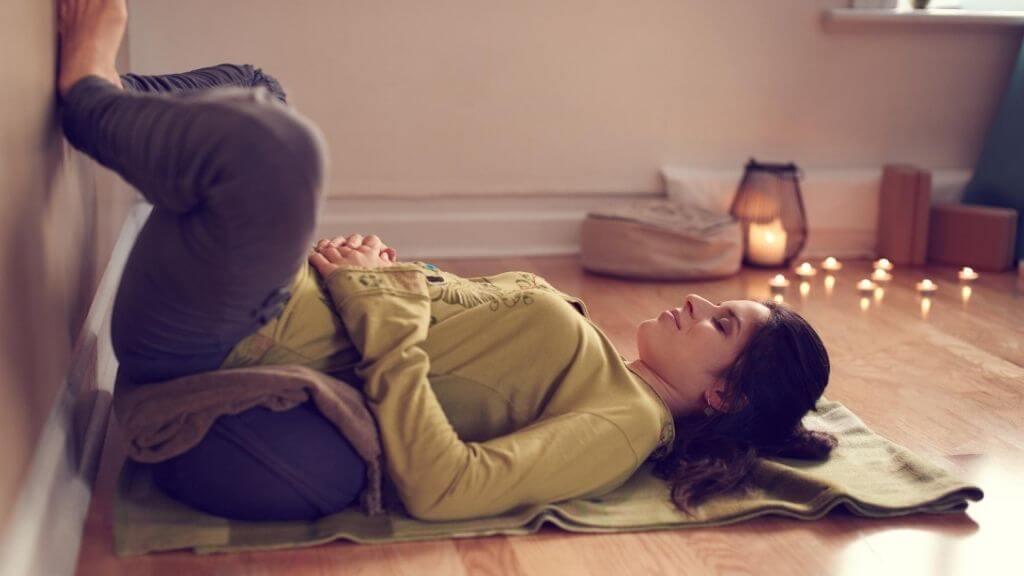
Yin yoga also has a little spiritual basis to it and features meditation to help you find inner peace. It’s a perfect introduction to yoga and leaves you feeling physically and mentally refreshed.
8. Restorative
If you have a hectic life that has you running all-around all day long, this is the perfect way to relax at the end of that day. It’s designed specifically for that purpose.
This is another type of yoga that’s great for a beginner or someone who’s not physically flexible or strong. The postures are fewer and you spend more time relaxing into them and feeling the stretch while focusing on relaxing and slowing down your busy day. There is an element of relaxation that focuses on freeing your mind while strengthening your body.
Like Iyengar, this type of yoga will have props, like blankets and pillows, on hand to help you find comfort in the position, which makes it very accommodating to all physical capabilities.
9. Prenatal
As the title suggests, this type of yoga is geared at moms to be and is tailored to help with breathing, pelvic floor exercises, and growing with your baby. It’s obviously designed for a specific group of women and no prior yoga experience is needed.
10. Anusara
This is a modern approach to hatha yoga and follows a pattern similar to vinyasa. The focus is on your mind-body-heart connection with particular attention on the heart.
| Related: How to Reduce Anxiety With One Session of Meditation |
This is another practice that’s good for a beginner, as much attention is paid to how the poses are executed. It’s not uncommon to gather around one student and receive hands-on instruction.
11. Jivamukti
Founded in 1984, this yoga uses the vinyasa flow technique but relies heavily on Hindu spiritual teachings. There are five tenets of Jivamukti yoga and philosophy that dictate the poses and alignment, and chanting is often a part of the class.
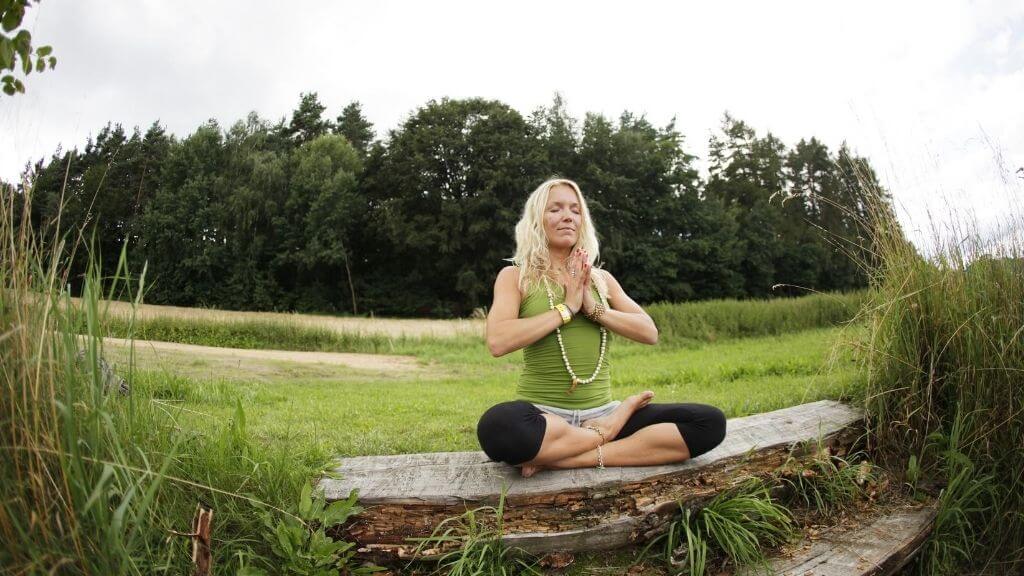
Because there is such a strong spiritual element to this type of yoga, it’s not recommended for anyone who is not interested in the Jivamukti method.
The Bottom Line
If you’re considering yoga as a form of exercise, meditation, joint support, or as a way to get more in touch with your inner peace and leave the world behind, then there are a lot of options available to you.
There are basically 11 different types of yoga, and each one has something a little bit different to offer. Some of them focus strictly on physical, some add a spiritual element to the experience.
No matter which one of these 11 types appeals to you and fits your physical and emotional needs, you’re sure to see a benefit. Yoga is known to strengthen and relax the body while increasing flexibility and mobility.












